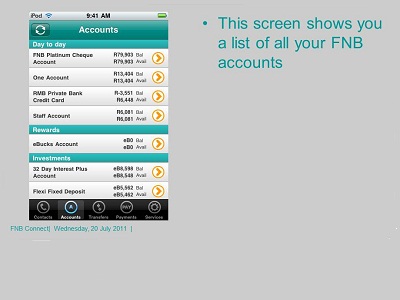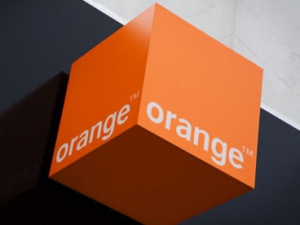 In recent months, unflattering headlines in response to technology related challenges. When the technology platforms through which mobile money services are delivered experience downtime, customers are unable to transact and agents are unable to earn a living. Understandably, both quickly become distressed. Recent headlines have brought attention to this problem, but to be clear, it’s neither new, nor limited in scope to a couple of deployments: for years, the world has read about M-PESA’s downtime in Kenyaon Twitter, and countless other services have faced similar challenges to varying degrees that, because they are smaller, haven’t attracted the same headlines.
In recent months, unflattering headlines in response to technology related challenges. When the technology platforms through which mobile money services are delivered experience downtime, customers are unable to transact and agents are unable to earn a living. Understandably, both quickly become distressed. Recent headlines have brought attention to this problem, but to be clear, it’s neither new, nor limited in scope to a couple of deployments: for years, the world has read about M-PESA’s downtime in Kenyaon Twitter, and countless other services have faced similar challenges to varying degrees that, because they are smaller, haven’t attracted the same headlines.
Why is it so difficult to install and operate a reliable mobile money technology platform? This is not a question that can be answered in a blog post, but I’d like to highlight some key issues and invite readers to contribute in the comments.
Throughput and reliability
To begin, it’s worth clarifying the complexity of the problem at hand. A mobile money technology platform must meet the performance objectives of disparate industries: telecom systems that are optimised for throughput, and financial systems that are optimised for reliability. So “mobile” suggests throughput, and “money’ suggests reliability: operating a platform that delivers both is anything but straightforward.
Customization
In many cases, operators have a specific set of business requirements and aren’t willing to settle for a vendor’s off-the-shelf platform: they want a customized solution. Vendors that routinely concede to operators’ requests for customization are left with the daunting task of managing multiple versions of their platform. To put this in context, imagine every one of Visa’s member banks demanded a solution that would allow them to implement a unique purchase process and feature-set: it would be chaos. Mobile money technology vendors who find themselves in this situation, albeit at a much smaller scale, are faced with a difficult task – and it’s often compounded by their scarcity of resources.
Planning for the peak is costly
Some of the technology challenges faced by operators today have their roots in decisions made years ago, before it was clear what scale mobile money might achieve. In one prominent case, a software application and system configuration that was designed for a limited pilot made a rapid pivot and was rolled out nationwide. Inevitably, there were scale issues.
But even with time to plan, coping with scale is tough. Operators must anticipate the peak transaction volume their platform must be capable of processing (this is significantly different from a monthly transaction forecast) and design, invest, and manage accordingly. To be clear: this is expensive, and if scale is never actually achieved (remember that for most mobile operators, mobile money is still a much more speculative play than their core business), investment will have been wasted.
Dependencies
No money platform operates entirely in isolation. Every platform has dependencies, and this can cause reliability issues. As an example, if a mobile operator’s SMSC has insufficient capacity at a given second, messages cannot be delivered and transactions cannot be completed.
People
Finally, it’s worth noting that technology is ultimately administered by people (at minimum, people still get to control the on/off switch!) We’ve written at length about the challenges of attempting to scale with a small team, and these challenges are equally relevant when it comes to technology: small problems are multiplied when operators do not have a skilled and experienced hand to liaise with vendors in case of an issue.













 In recent months,
In recent months, 





































